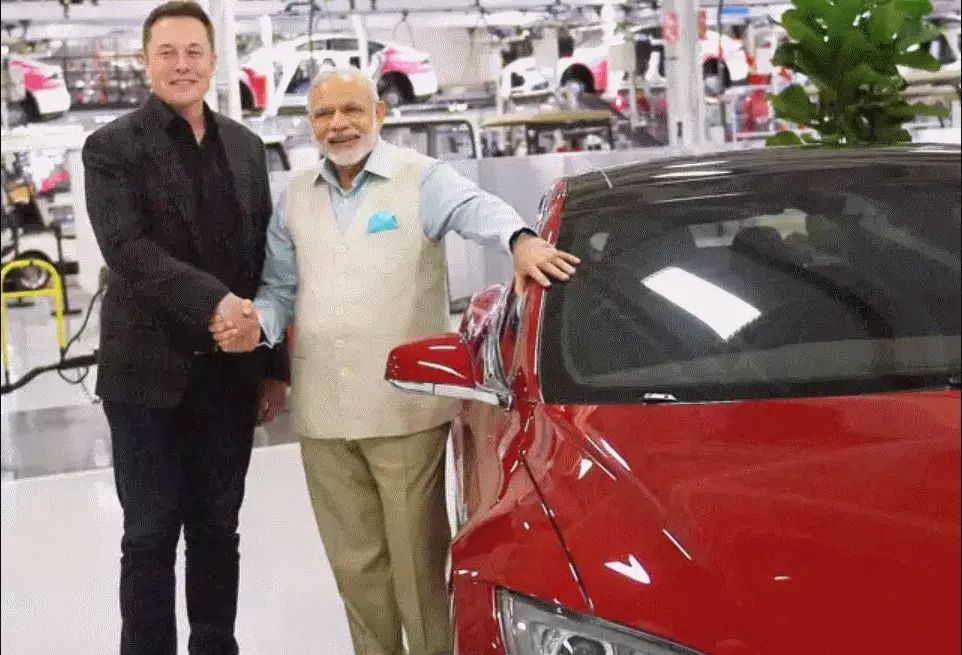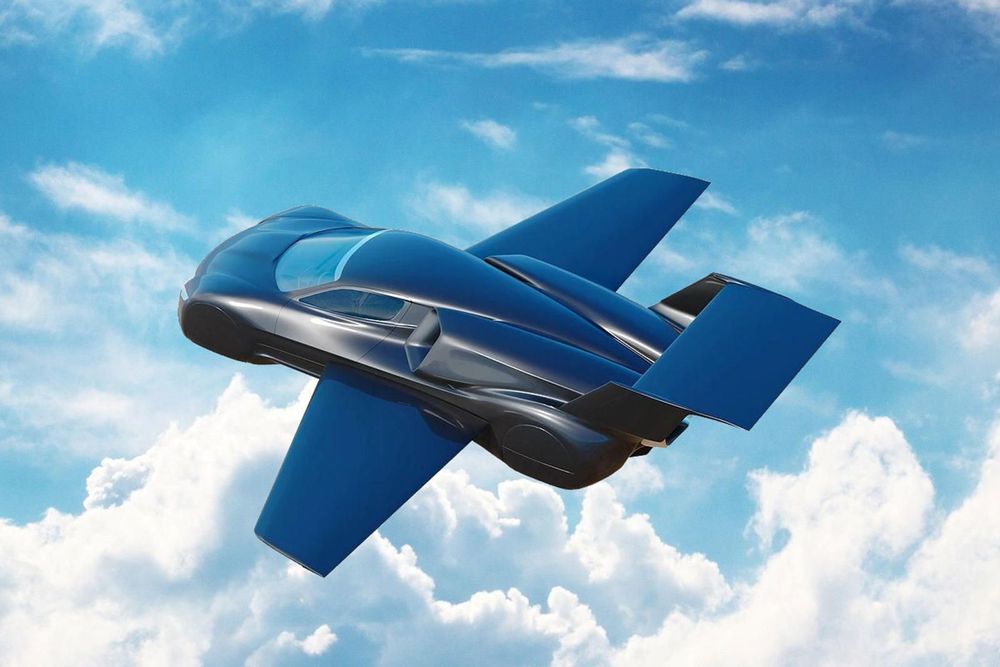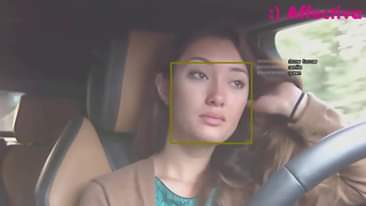My hero my love.
Last week, Tesla CEO Elon Musk made a rather interesting announcement for all-electric vehicle enthusiasts in India, when he mentioned that Tesla is planning on entering the Indian automobile market in 2021. The announcement comes after years of waiting for the Indians to get their hands on a Tesla, and it definitely has got the public buzzing with excitement. Now, Musk has also stated that Tesla will be coming up with a Booking Order Configurator for the Indian customers which will be going live in January 2021.







